Optimal Timing for Foundation Repairs
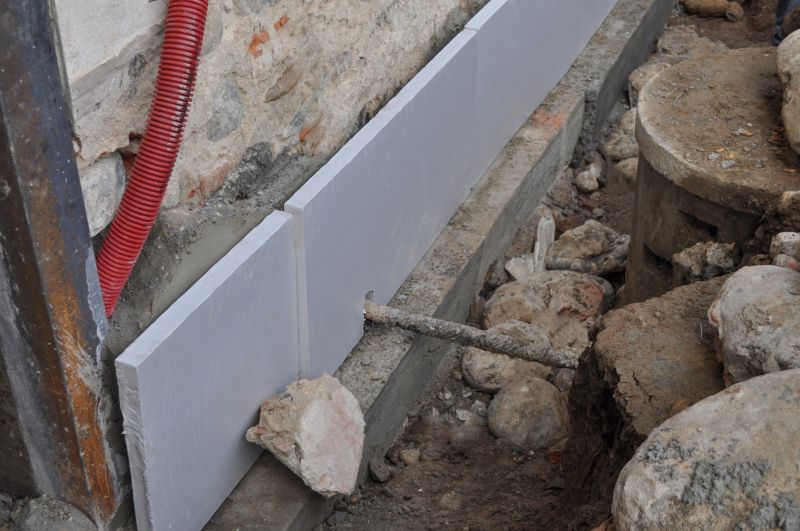
Spring offers moderate temperatures and stable ground conditions, making it suitable for foundation repairs.
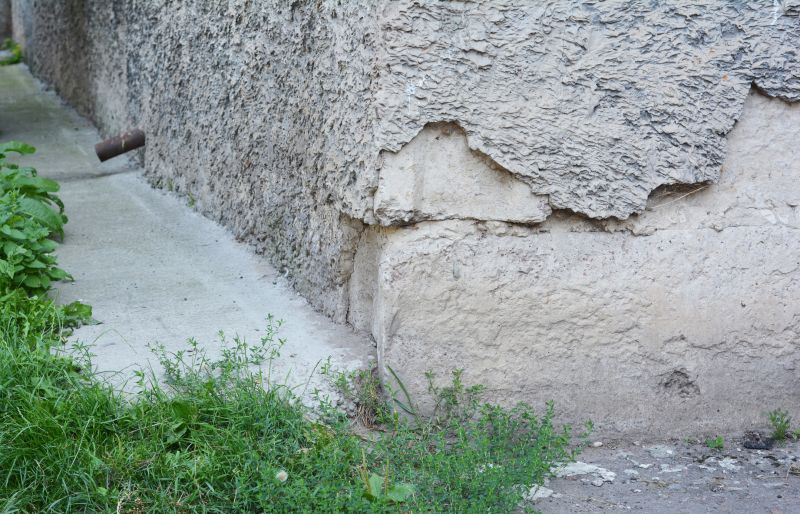
Summer's dry weather reduces the risk of moisture-related issues during repairs, but extreme heat can pose challenges.

Fall provides cooler temperatures and less humidity, ideal for certain repair methods and inspections.

Ways to make Foundation Repairs work in tight or awkward layouts.

Popular materials for Foundation Repairs and why they hold up over time.

Simple add-ons that improve Foundation Repairs without blowing the budget.
Foundation repairs are critical for maintaining the stability and safety of a structure. Timely intervention can prevent further damage and costly repairs. The best time to perform these repairs depends on various factors including weather conditions, ground moisture levels, and the specific type of repair needed. Generally, moderate weather conditions with minimal extreme temperatures are preferred to ensure the effectiveness of repair methods and the safety of workers.
Dry and moderate temperatures facilitate better repair outcomes and reduce the risk of complications.
Avoiding extreme cold or heat minimizes risks related to material curing and ground movement.
Seasonal ground shifts can influence the timing of repairs for better long-term stability.
Scheduling repairs during favorable weather ensures proper curing and adherence of repair materials.

A typical repair involves assessments, soil stabilization, and structural reinforcement.

Heavy-duty equipment and specialized tools are used to lift, stabilize, and repair foundations.
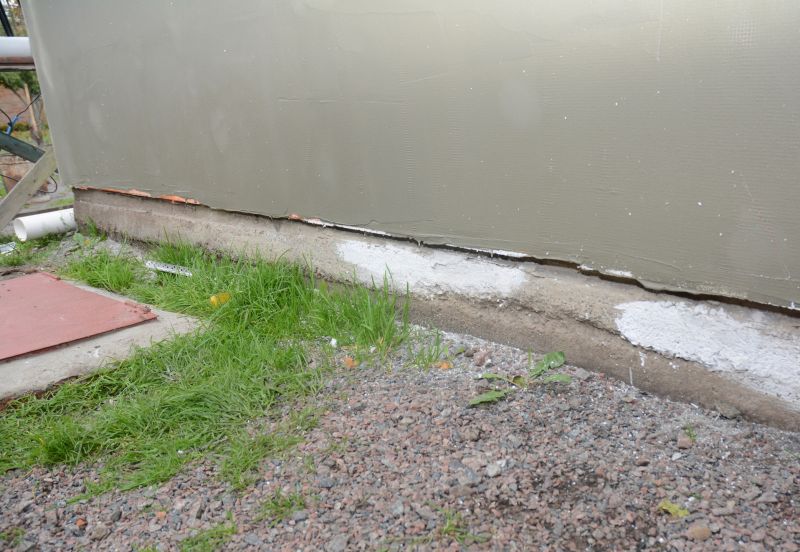
Proper repairs restore structural integrity and prevent future issues.

Experienced professionals utilize advanced techniques for effective repairs.

High-end options that actually feel worth it for Foundation Repairs.
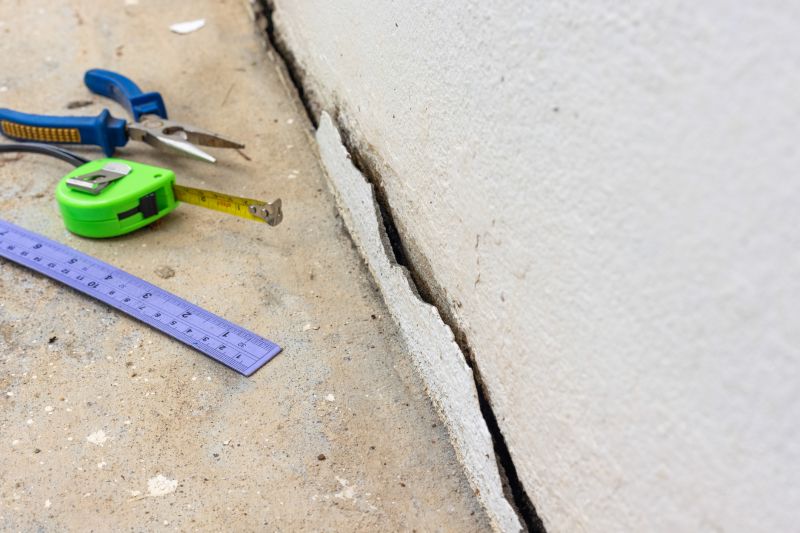
Finishes and colors that play nicely with Foundation Repairs.
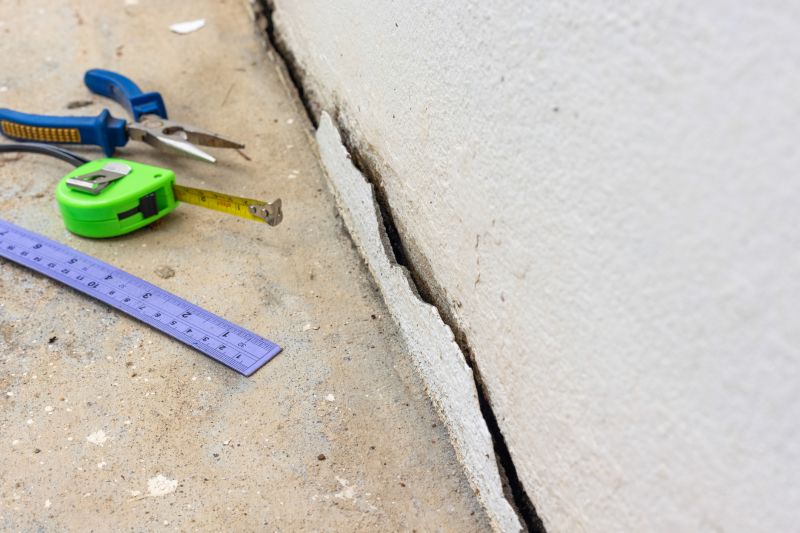
Little measurements that prevent headaches on Foundation Repairs day.

A 60-second routine that keeps Foundation Repairs looking new.
| Season | Best Practices |
|---|---|
| Spring | Ideal for moderate weather; allows for thorough inspections and repairs. |
| Summer | Suitable during cooler periods; avoid peak heat for safety and material curing. |
| Fall | Favorable due to cooler temperatures and reduced ground moisture. |
| Winter | Generally not recommended due to freezing ground and cold conditions. |
Understanding the timing for foundation repairs can help prevent further structural damage and extend the lifespan of a building. Proper scheduling during optimal seasons ensures that repair materials set correctly and that ground conditions are favorable. Consulting with foundation specialists can provide tailored advice based on local climate and soil conditions.

Heavy machinery and tools are essential for effective foundation stabilization.
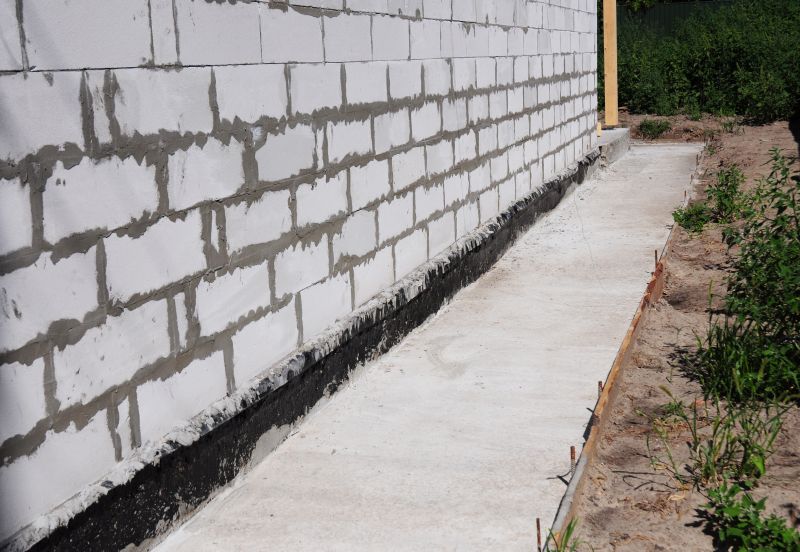
Methods like mudjacking and underpinning are used to restore foundation stability.

Adding piers or braces helps support compromised foundations.

Thorough evaluations identify issues and determine the best repair approach.
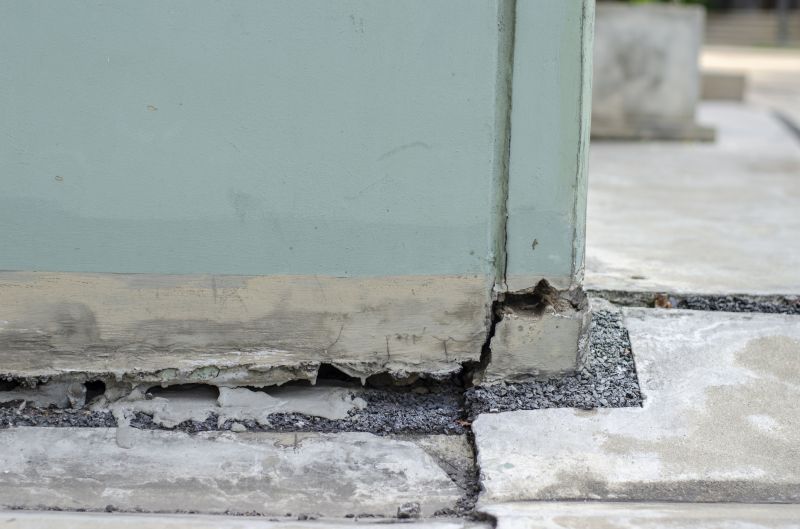
A frequent mistake in Foundation Repairs and how to dodge it.
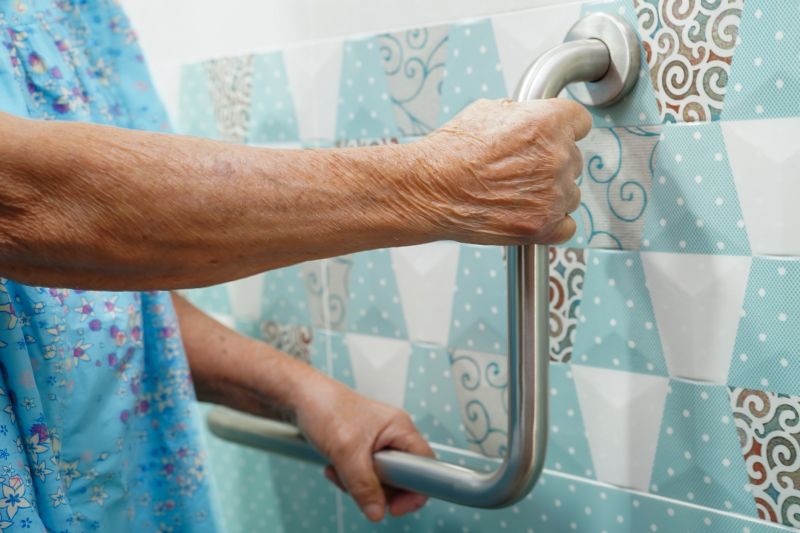
Small tweaks to make Foundation Repairs safer and easier to use.
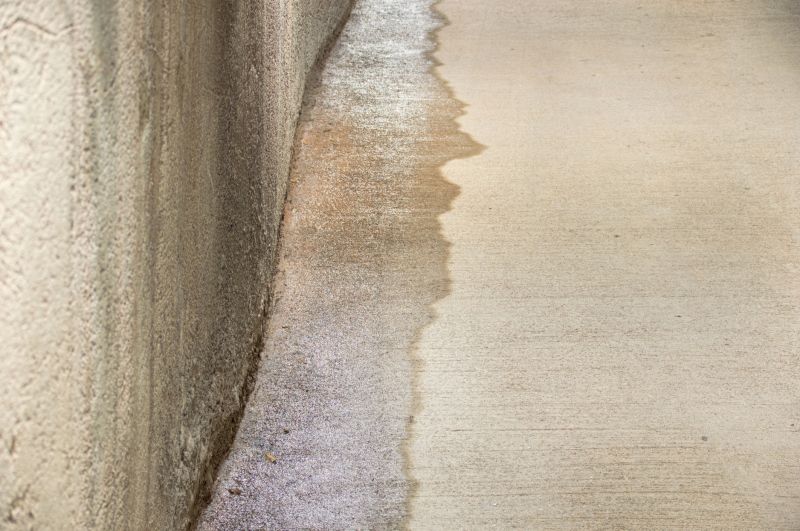
Lower-waste or water-saving choices for Foundation Repairs.

The short, realistic tool list for quality Foundation Repairs.
Timely foundation repairs are essential for preserving property value and ensuring safety. Recognizing the optimal season for repairs can lead to more efficient work and better long-term results. Regular inspections can identify early signs of foundation issues, allowing for repairs to be scheduled during the most appropriate time.
Cracks in walls, uneven floors, and sticking doors may indicate foundation issues.
Addressing problems early can prevent extensive structural damage.
Work during favorable weather conditions ensures better repair outcomes.
Expert assessments help determine the best timing and methods for repairs.
Interested property owners in Crossville, TN, are encouraged to contact professionals to discuss foundation repair options and scheduling. Proper timing and expert intervention are key to maintaining structural integrity and avoiding costly future repairs.


